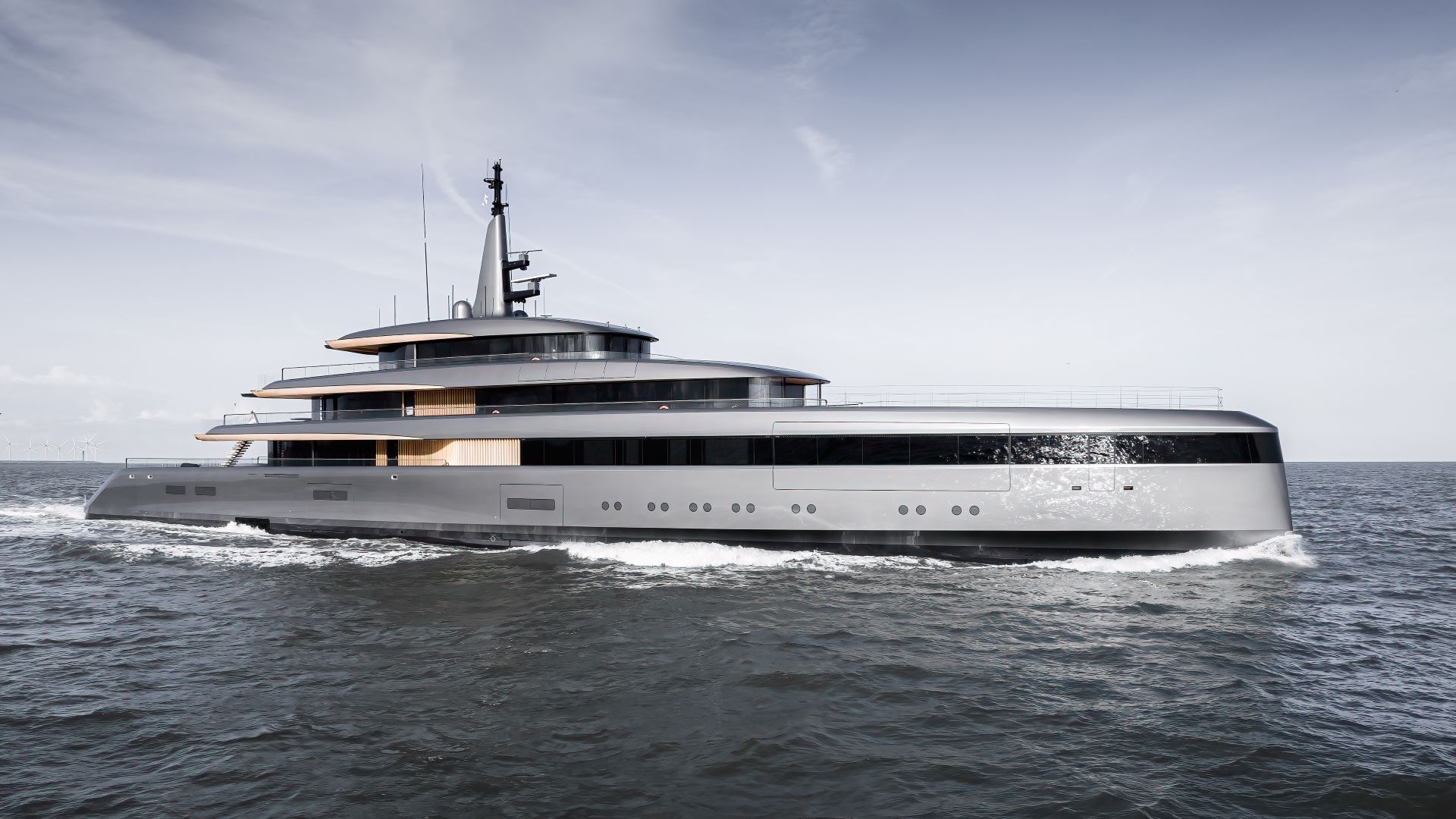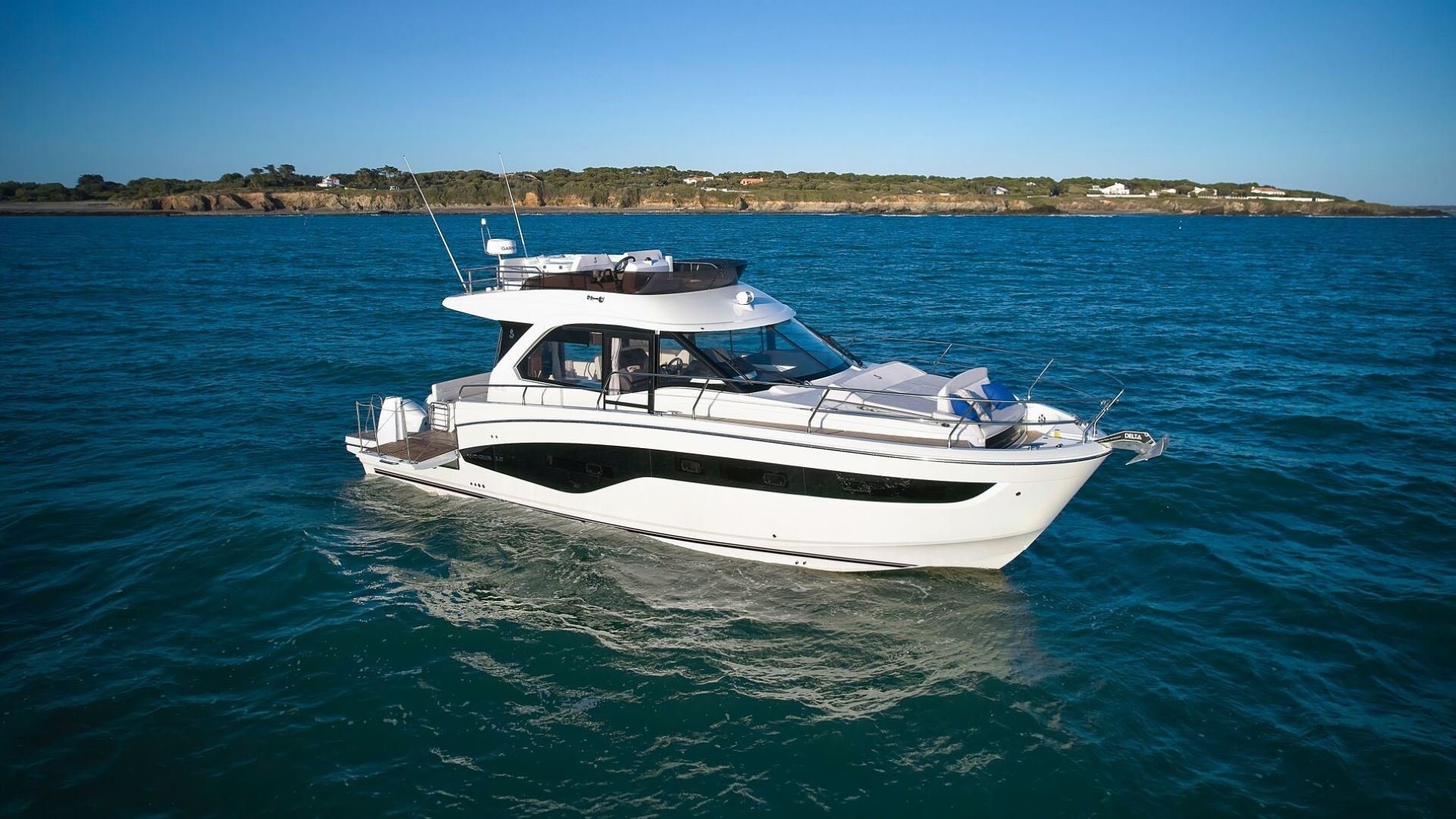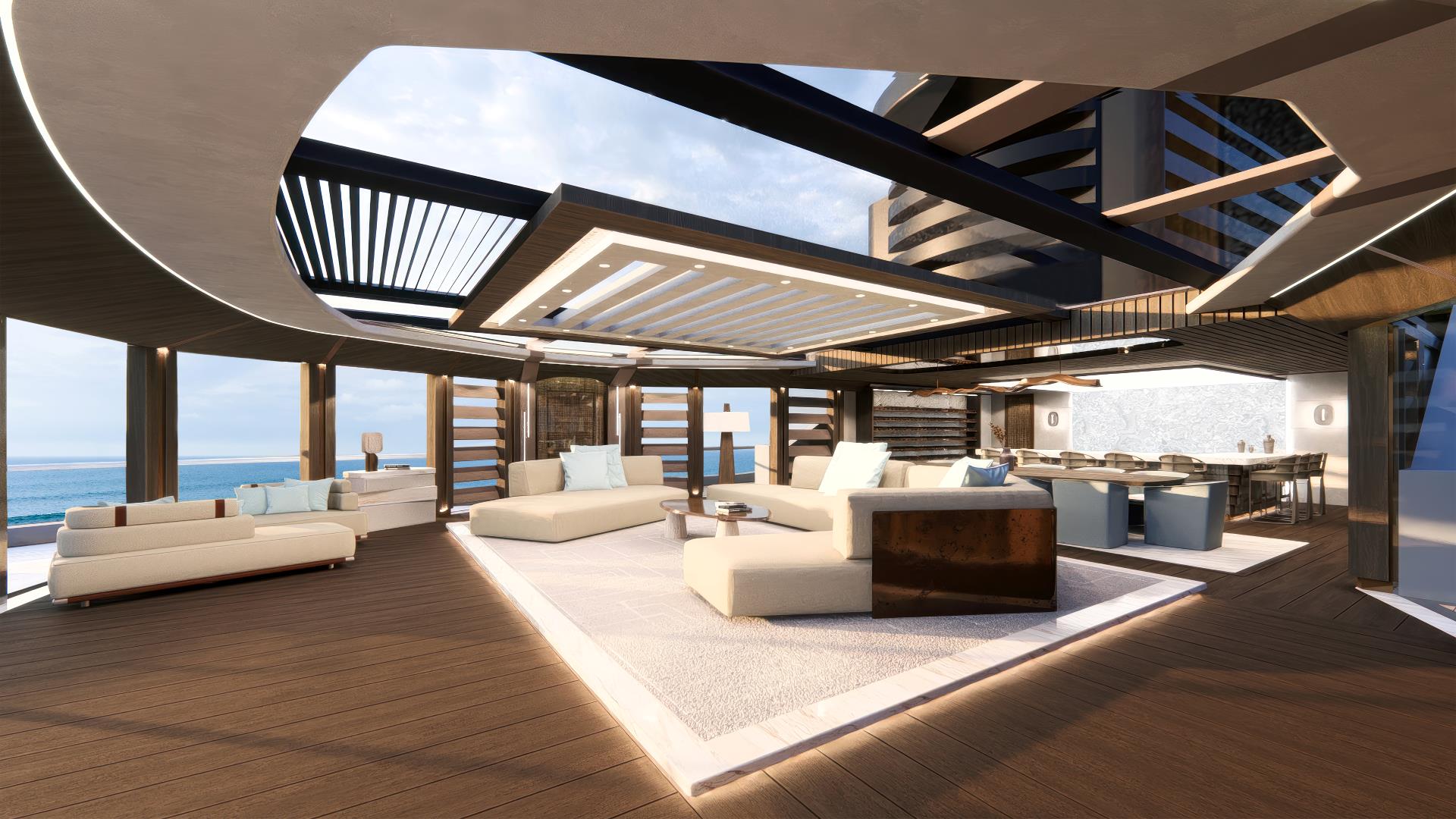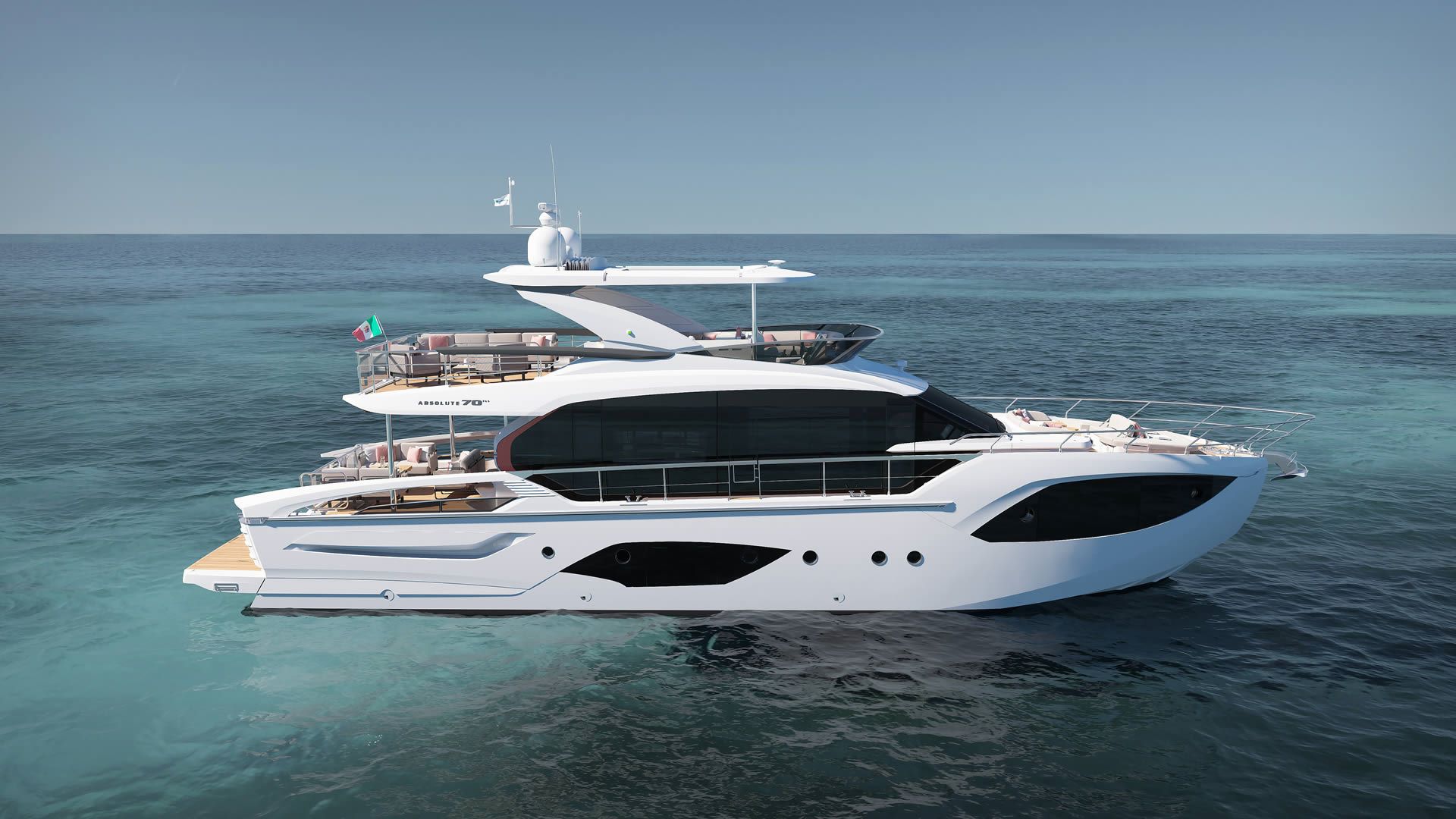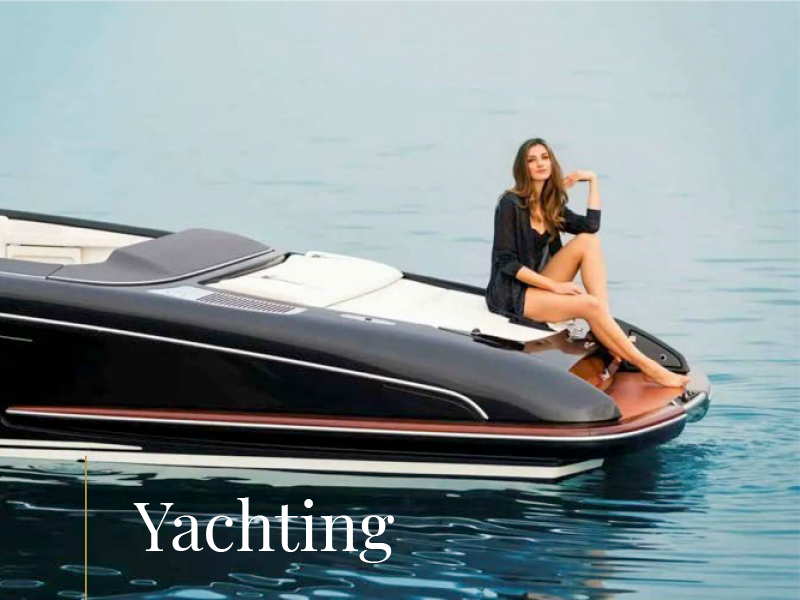It will last a lifetime without maintenance, is four times more efficient than the best electric outboards and makes for a totally silent boat ride. With the launch of the Candela C-Pod boat motor, the Swedish marine tech company Candela is aiming to disrupt boating as we know it
Combustion engine outboards are noisy, require expensive maintenance, cost a small fortune to run and emit more CO2 per kilometer than most road vehicles. All this is set to change with the revolutionary Candela C-Pod, an electric pod drive developed by Europe’s leading electric boat manufacturer, the Stockholm-based tech firm Candela.
In other boat motors, be it electric or fossil fuel, the motor is typically situated in a box above the waterline, transferring thrust to the propeller through a complicated set of shafts, bearings and gears. The Candela C-Pod gets rid of the gears altogether. Two ultra-compact yet very powerful electric motors are mounted under the water in a torpedo-like socket, directly driving the propellers. Each motor is coupled directly to a propeller, which minimizes friction losses.
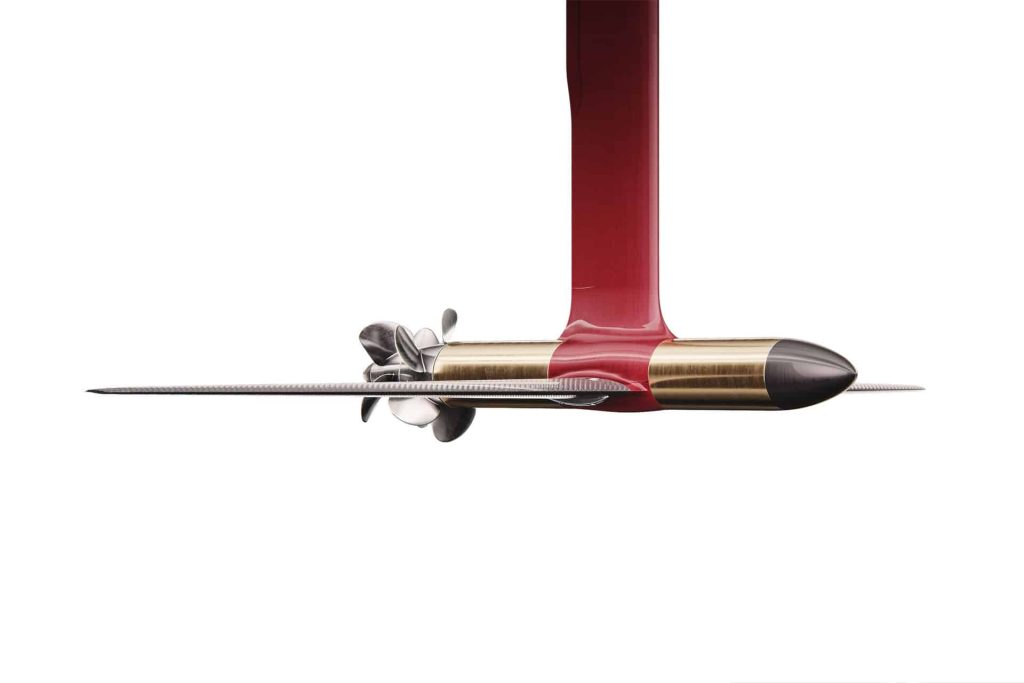
Contra rotating propellers add the benefit of very high propeller efficiency. Electric motor volume is not driven by power. Instead, it is largely proportional to torque. Electric motor volume is not driven by power. Instead, it is largely proportional to torque. And power is torque times rpm. For the Candela C-Pod motors, Candela opted to increase the rpm and lower the torque to boost the Candela C-Pod’s power density.
The best way was to split the thrust needed on two propellers. The reason is that the maximum rpm is limited by the speed of the propeller tip moving through water. At around 45 m/s propeller speed, the pressure in the flow around the propeller reaches vacuum and starts to boil. That creates noise, damage and inefficiencies. The speed of the tip of the propeller is a product of rpm and propeller diameter. So splitting load on two propellers allows for propellers with smaller diameter and thereby higher rpm – and in turn smaller motors.
By placing the motors under the water, Candela also elegantly solved the problem all electric motors face: heat. The Candela C-Pod engineers designed the slim pod drive to be directly and efficiently cooled by the flow of seawater, thereby enabling higher operating temperatures and extracting more power from the motors.
An added benefit is silence. Gasoline outboards are some of the noisiest machines out there. Decibel levels climb into the 90s as they near wide-open throttle; some noisy boats hit 100 decibels – loud enough to damage the human ear. Even conventional electric outboards are not as quiet as they could be, since the gears emit a whining sound at high speeds.
Boat owners are used to paying big bucks for maintenance. Diesel and gasoline engines require annual oil and filter changes, as well as winterization. And commercial boat operators typically have to swap their outboards every two years since gear houses are not designed for more than thousand hours. Freed from gears and with very few moving parts, the Candela C-Pod will last several thousand hours – without any maintenance whatsoever.
The Candela C-Pod was born from the unique requirements Candela place on electric drive trains. The company’s electric hydrofoil craft fly above the water on foils and consume 80% less power than traditional motorboats. Making a more efficient motor directly translates to huge gains in range.
Photos & video Candela


